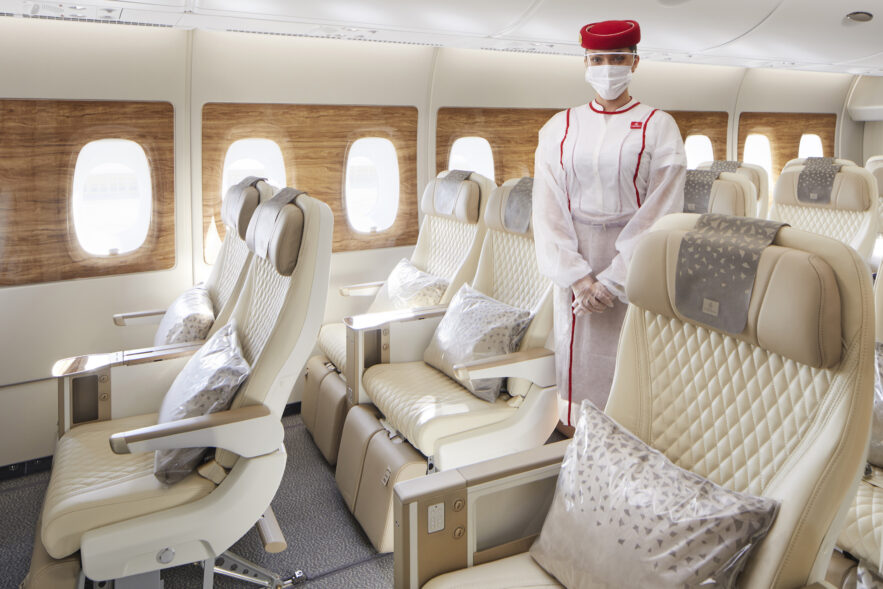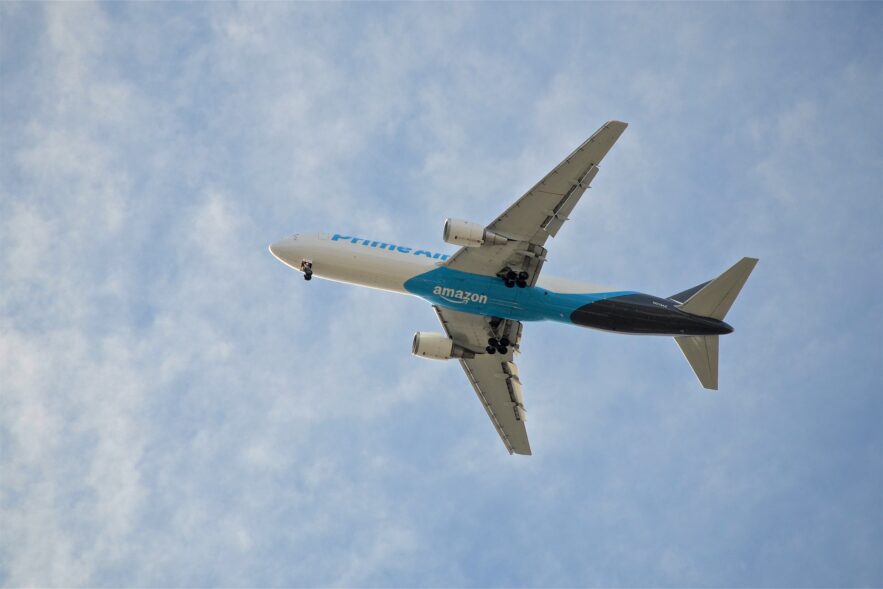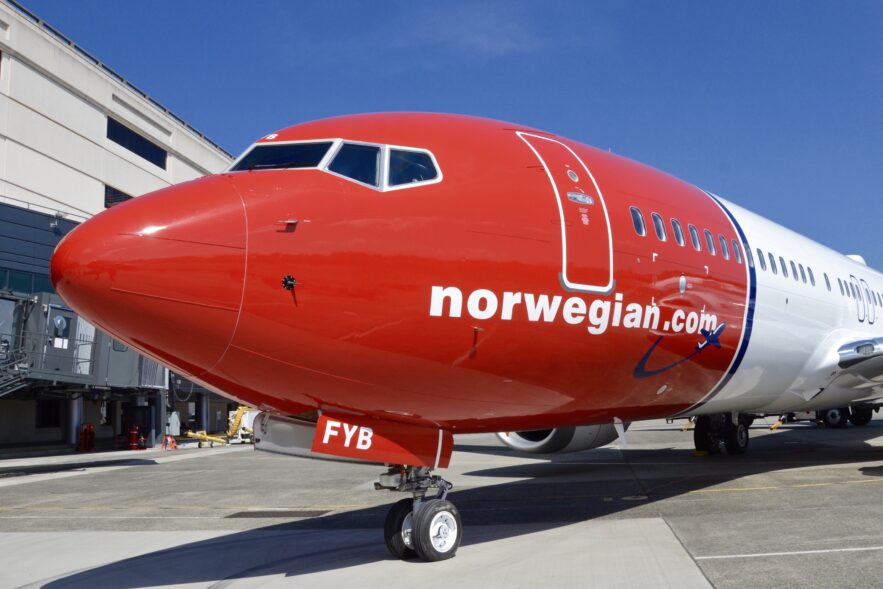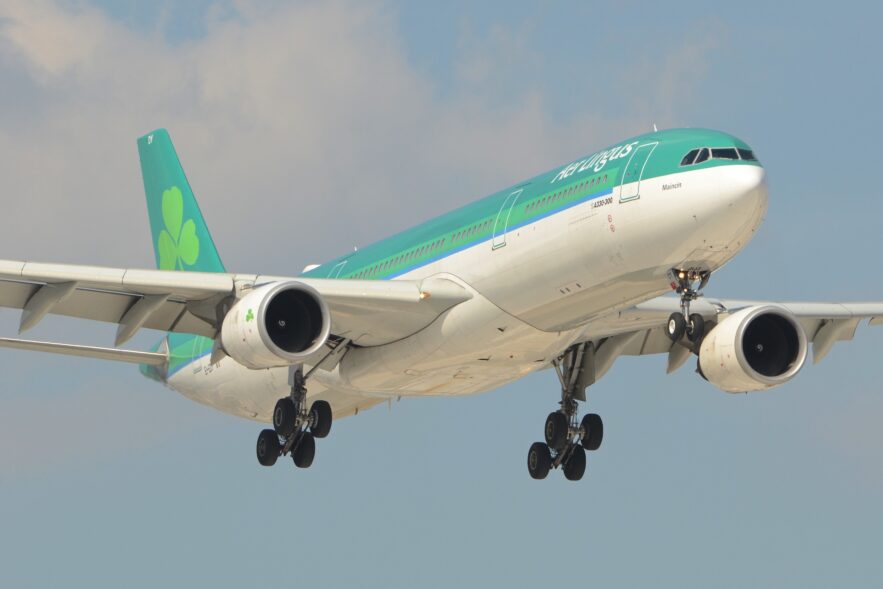There’s no one definition of a regional airline and that shows in the pandemic’s rebound. TAC Analysis continues its exploration of which types of regional airlines are excelling in the pandemic era, which are struggling, and what this means for the various aircraft types operating at each.
Understanding the nuances of regional aircraft -- turboprops and regional jets -- is first and foremost a matter of understanding the role of geography in their success.
As the traffic recovery continues, passengers are migrating toward different levels of service as the cabin continues on a path toward even-greater segmentation. There’s no one standard definition of what premium economy is or how it’s deployed, but there is a growing passenger preference emerging. Around the globe, premium economy is outpacing the return of other higher-fare classes
TAC Analysis updates its recovery forecast as travel sentiment points to growing momentum for business flying.
What Amazon needs to do in the air is driven by the ultimate reach and purpose of the courier on the ground. Amazon has two options for the path ahead. Either way, it needs more aircraft. Competing with FedEx and UPS means diversifying into smaller aircraft, while perfecting its own rapid retail delivery means bigger freighters.
Amazon is a retail company at its core, its logistics operations are in service to that end. For Amazon to directly fight FedEx and UPS, it risks doing so at the detriment of its own operations. As Amazon Air grows, its rise is not strictly zero-sum and FedEx and UPS benefit from the expanding marketplace.
UPS and FedEx are built around delivering overnight to anywhere. That's not Amazon's game, but the company is building an empire in the sky.
The global airline fleet is not recovering evenly. With global scheduled capacity up over 92% from April 2020, that metric serves better to illustrate just how terrible last April was than how good we find it in 2021. Compared to 2019, the global fleet is producing 53% fewer seat-miles. We’re a long way from where we were before the pandemic.
Decisions made by Airbus in the late 1980s are guiding the future second act for the A330 as a converted package-hauler.
The Airbus A330 can be a good freighter, but the aircraft’s peculiarities offer a challenge to owners and operators.
Today's stopgap power-by-the-hour agreements with ailing airlines test the viability of a future all-inclusive leasing model.
The A330, Airbus's venerable twin, is stuck between aircraft that are better at being old and those that are better at being new.












